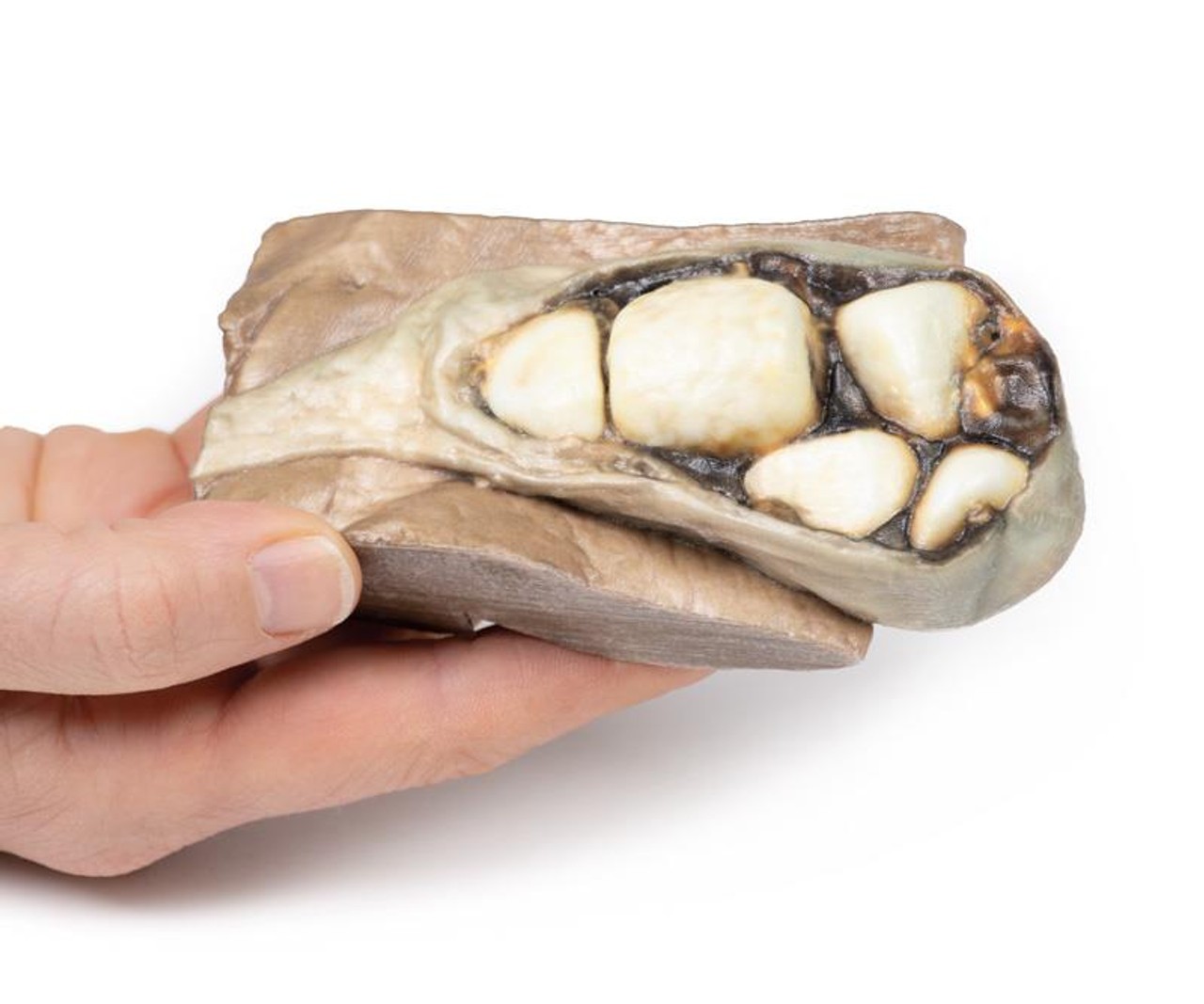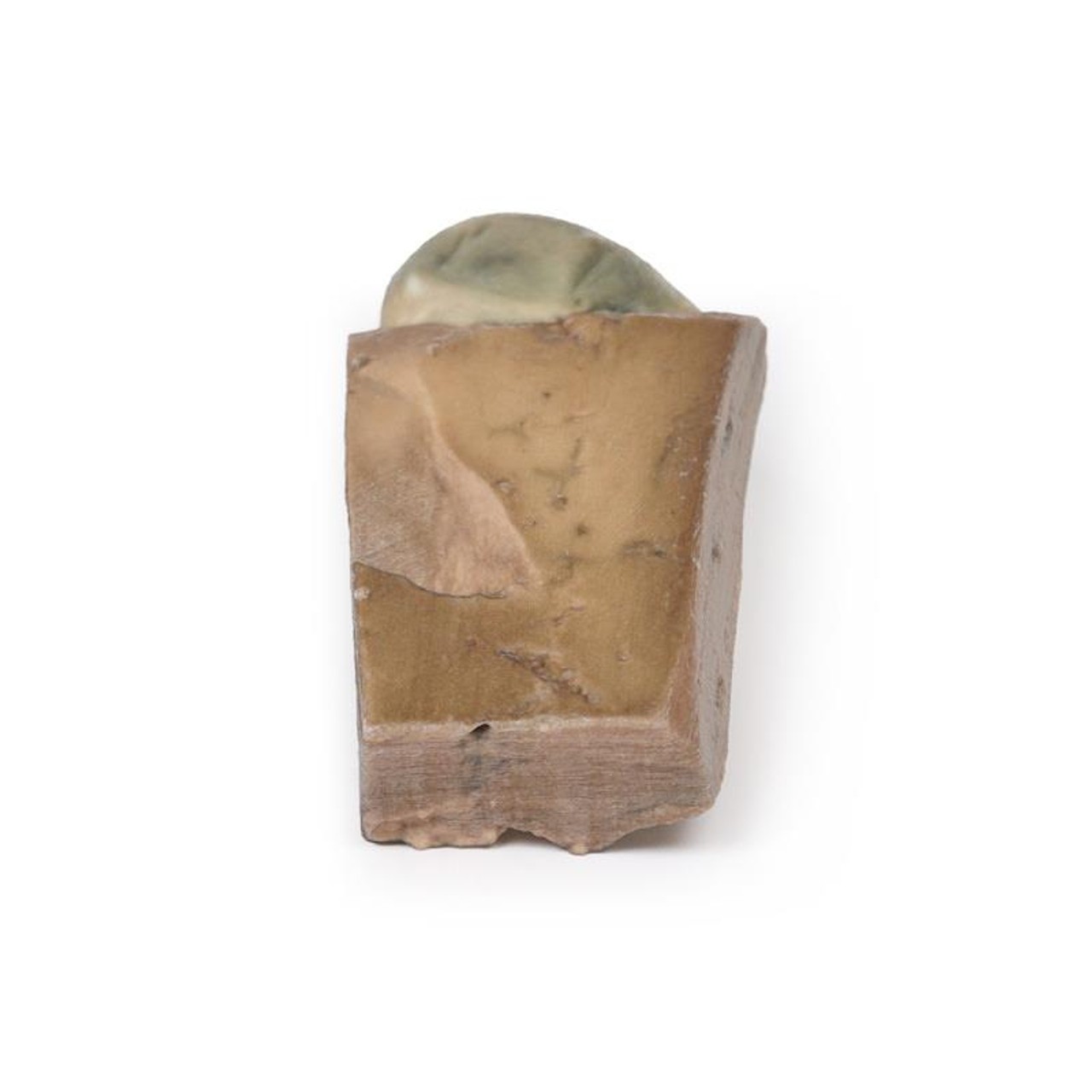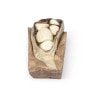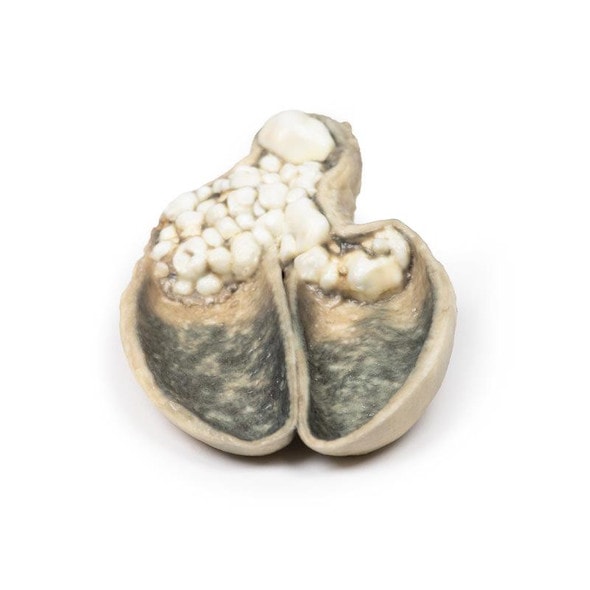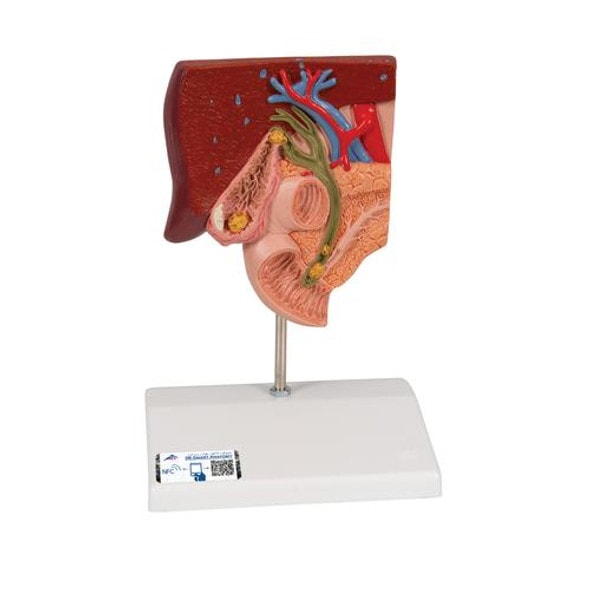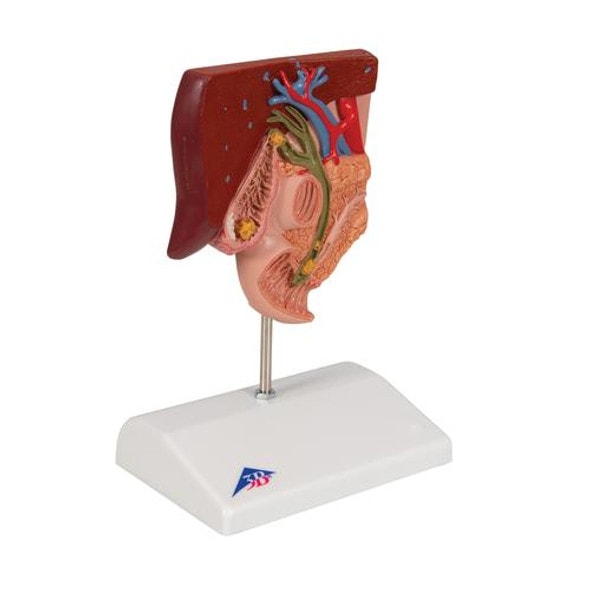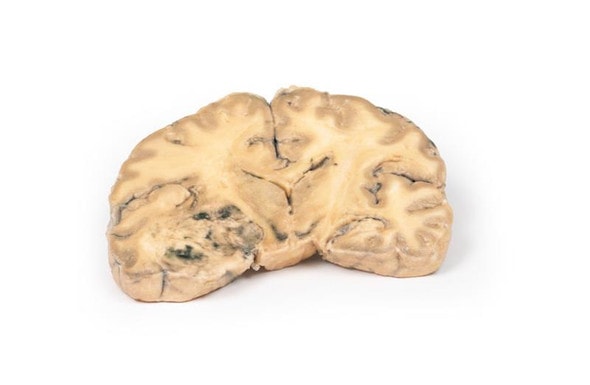Description
Developed from real patient case study specimens, the 3D printed anatomy model pathology series introduces an unmatched level of realism in human anatomy models. Each 3D printed anatomy model is a high-fidelity replica of a human cadaveric specimen, focusing on the key morbidity presentations that led to the deceasement of the patient. With advances in 3D printing materials and techniques, these stories can come to life in an ethical, consistently reproduceable, and easy to handle format. Ideal for the most advanced anatomical and pathological study, and backed by authentic case study details, students, instructors, and experts alike will discover a new level of anatomical study with the 3D printed anatomy model pathology series.
Clinical History
A middle-aged woman was investigated for recurrent bouts of epigastric pain. Endoscopy failed to reveal any peptic ulceration. A cholangiogram demonstrated a non-functioning gallbladder. She died from a myocardial infarction Unfortunately, the patient dies at a later stage after this procedure from a myocardial infarction.
Pathology
The specimen is a portion of liver with attached gallbladder, which has been opened to display six large faceted mixed calculi. This is an example of cholelithiasis (gallstones).
Further Information
Gallstones contain a mixture of cholesterol, calcium salts, bilirubin, proteins, and mucin. There is a high prevalence in fair-skinned populations. Risk factors are age (greater than 50) and female sex, along with genetic factors1, pregnancy, diabetes mellitus and dyslipidemia. Lifestyle factors, such as rapid weight loss and certain medications (e.g. erythromycin, ampicillin, octreotide, cephalosporin), can also promote gallstone formation.
Gallstones may be asymptomatic or may present with a spectrum of disease ranging from uncomplicated biliary colic through to infection, cholecystitis, pancreatitis or gallstone ileus. The typical symptoms include bouts of epigastric or right upper quadrant pain, sometimes associated with eating, and often with sweating, nausea and vomiting. Pain is usually caused by the gallbladder or biliary tract contracting forcefully against a stone, thereby causing increased pressure in the gallbladder, and pain. The risk of developing complications of gallstones is approximately 2-3 percent per year once biliary colic develops. Diagnosis is generally via transabdominal ultrasound, which has largely replaced oral cholecystography studies. Cholescintigraphy (HIDA Scan) can be used distinguish biliary colic from acute cholecystitis. Treatment of attacks are initially with simple analgesia, and subsequently definitive management usually includes elective laparoscopic cholecystectomy. Very severe cases can be life threatening, but deaths from gallstone disease are rare.
It should be noted that epigastric pain can also be caused by myocardial ischemia, particularly in females, who do not necessarily present with the classic left shoulder tip pain of an acute myocardial infarct. Therefore, should gallbladder stones be excluded in a patient presenting with epigastric pain, an ECG should always be performed, to help rule out cardiac disease[1].
References
1. Portincasa P; Moscheta A; Palasciano G (2006) Cholesterol gallstone disease. Lancet. 2006; 368(9531):230-9
Advantages of 3D Printed Anatomical Models
- 3D printed anatomical models are the most anatomically accurate examples of human anatomy because they are based on real human specimens.
- Avoid the ethical complications and complex handling, storage, and documentation requirements with 3D printed models when compared to human cadaveric specimens.
- 3D printed anatomy models are far less expensive than real human cadaveric specimens.
- Reproducibility and consistency allow for standardization of education and faster availability of models when you need them.
- Customization options are available for specific applications or educational needs. Enlargement, highlighting of specific anatomical structures, cutaway views, and more are just some of the customizations available.
Disadvantages of Human Cadavers
- Access to cadavers can be problematic and ethical complications are hard to avoid. Many countries cannot access cadavers for cultural and religious reasons.
- Human cadavers are costly to procure and require expensive storage facilities and dedicated staff to maintain them. Maintenance of the facility alone is costly.
- The cost to develop a cadaver lab or plastination technique is extremely high. Those funds could purchase hundreds of easy to handle, realistic 3D printed anatomical replicas.
- Wet specimens cannot be used in uncertified labs. Certification is expensive and time-consuming.
- Exposure to preservation fluids and chemicals is known to cause long-term health problems for lab workers and students. 3D printed anatomical replicas are safe to handle without any special equipment.
- Lack of reuse and reproducibility. If a dissection mistake is made, a new specimen has to be used and students have to start all over again.
Disadvantages of Plastinated Specimens
- Like real human cadaveric specimens, plastinated models are extremely expensive.
- Plastinated specimens still require real human samples and pose the same ethical issues as real human cadavers.
- The plastination process is extensive and takes months or longer to complete. 3D printed human anatomical models are available in a fraction of the time.
- Plastinated models, like human cadavers, are one of a kind and can only showcase one presentation of human anatomy.
Advanced 3D Printing Techniques for Superior Results
- Vibrant color offering with 10 million colors
- UV-curable inkjet printing
- High quality 3D printing that can create products that are delicate, extremely precise, and incredibly realistic
- To improve durability of fragile, thin, and delicate arteries, veins or vessels, a clear support material is printed in key areas. This makes the models robust so they can be handled by students easily.


